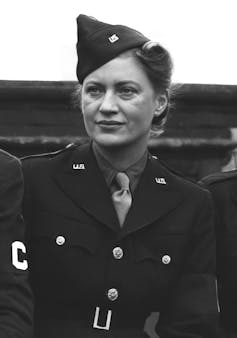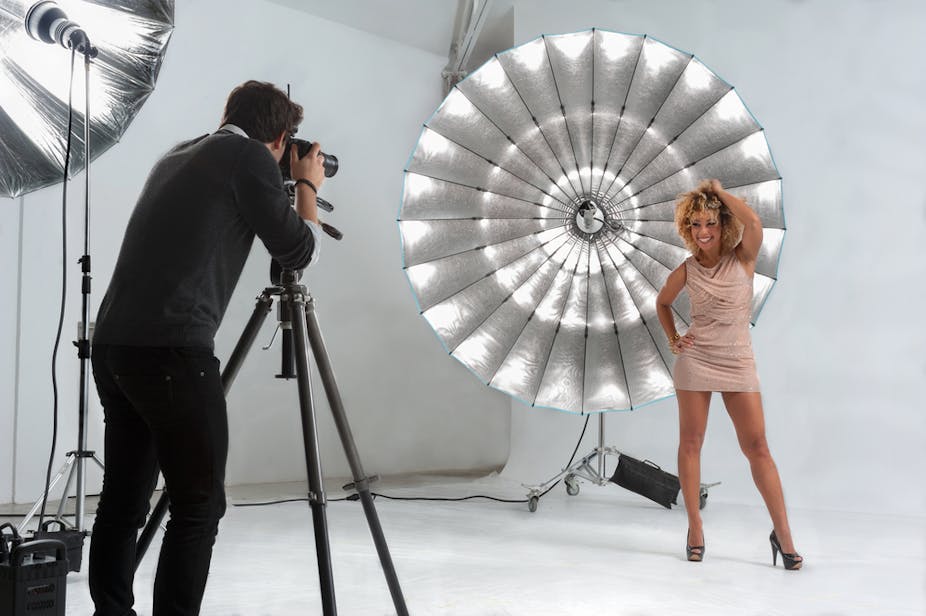-
How about joining us and play a game? The Weekly WET Challenge // The A-Z Alphabet Game // The Colors Game
You are using an out of date browser. It may not display this or other websites correctly.
You should upgrade or use an alternative browser.
You should upgrade or use an alternative browser.
Articles
Filters
Show only:
Loading…
Photographing the Dark
Nadar’s Descent into the Paris Catacombs
By Allison C. Meier
Today the Paris Catacombs are illuminated by electric lights and friendly guides. But when Félix Nadar descended into this “empire of death” in the 1860s artificial lighting was still in its infancy: the pioneering photographer had to face the quandary of how to take photographs in the subterranean dark. Allison C. Meier explores Nadar’s determined efforts (which involved Bunsen batteries, mannequins, and a good deal of patience) to document the beauty and terror of this realm of the dead.
Façade n°19 in the Paris Catacombs, photographed by Nadar in 1861 — Source.
Few nineteenth-century Parisians saw the city like Félix Nadar. In 1863, he ascended...

How Lee Miller’s photos remind us of war’s destructive brutality
by Ann-Kathrin McLean
Almost 80 years since the end of the Second World War, images of its destruction are being brought back to us through the film LEE. The film charts the journey of renowned war and surrealist photographer, Lee Miller (played by Kate Winslet) during the war.
On April 30, 1945, Miller witnessed the liberation of the Dachau Concentration Camp alongside the 42nd and 45th Infantry Divisions of the U.S. army. Today, Dachau is a site of memory that embodies the stories of the past — the told and untold. Family heritage and trauma shape these stories and sites.
As a German citizen, I am distraught about the past and see it as my duty to learn and...
How to take better photos with your smartphone, thanks to computational photography
By: Rob Layton
Each time you snap a photo with your smartphone – depending on the make and model – it may perform more than a trillion operations for just that single image. Yes, you expect it to do the usual auto-focus/auto-exposure functions that are the hallmark of point-and-shoot photography. But your phone may also capture and stack multiple frames (sometimes before you even press the button), capture the brightest and darkest parts of the scene, average and merge exposures, and render your composition into a three-dimensional map to artificially blur the background.
The term for this is computational photography, which basically means that image...

How glamour photography makes suburban stars of us all
by P. David Marshall
Glamour photography sells both the experience and the product. WEExp/Shutterstock
In shopping centres and malls across much of Australia and North America, a peculiar and particular type of photography business makes itself at home. It goes under a number of names and guises, but is generally described as glamour photography. At the core of this particular business is creating images that make the everyday person feel extraordinary; a “star”. One of these businesses, Starshots, with its 16 franchised studios across Australia, is nicely nestled in the suburban landscape. It advertises itself in glossy posters in the malls themselves with provocative photos of...
Fantastic Planet: The Microscopy Album of Marinus Pieter Filbri (1887–88)
Toward the beginning of this album of photographs belonging to Marinus Pieter Filbri, there is a series of shots of the phases of the moon; closing it out, a glimpse through the gauze of an insect’s wing, magnified eighty times its normal size. Intentionally or not, this juxtaposition draws a visual parallel between the unimaginable scale of celestial objects and the invisibly small realm of the microscopic, as if to suggest that both, in the end, are equally alien.
The first third or so of the album is a mishmash of images — planetary bodies, cartes-de- visite of Sicilian bandits, a decapitated giraffe rider — that seem largely to be photographic...
Canon Auto-Focus Explained, 2025 Update!
with
Rudy Winston
In Februari 2022 Steve Brazill from the Behind the Shot podcast made a show called Canon Auto-Focus Explained, featuring Rudy Winston, technical marketing consultant with Canon USA.
In the show Winston talked about Canon's autofocus system, particularly the one in the R3.
Steve Brazill writes on his site that this show had roughly "453,000 views on YouTube, in addition to all the views in the video and audio-only podcast feeds."
It didn't take long before people started to ask for an update, especially after the R6 Mark II and the R5 Mark II were released "to cover all of the newer Auto Focus features."
After the R1 was released last November, Brazill decided it was...
The hidden benefits of birdsong
by: Natalia Zielonka and Simon Butler
Our natural soundscapes are falling silent as bird populations decline. To improve our lives, we must invest in conservation.
A male Chaffinch. Photograph Levina de Ruijter
Imagine you’re walking across rolling hills that stretch for miles, with warm sunshine and the chirping of birds all around. This peaceful and serene scene is an increasingly rare one in the modern world.
Our natural soundscapes are falling silent as bird populations decline. Humans are interacting less with nature, in what is sometimes referred to as an "extinction of experience." This has been linked to deteriorating public health and wellbeing.
Birds are often colourful and their song...
Shrinking wings, bigger beaks: birds are reshaping themselves in a warming world
by: Sara Ryding, Alexandra McQueen and Matthew Symonds
The Common Bronzewing is one of the birds that has increased beak size in response to climate change (@ JJ Harrison)
For wildlife, climate change is a bit like the “final boss” the protagonist faces in a video game: big, hulking and inescapable. This formidable enemy has forced wildlife to alter where and how they live. Higher temperatures exert so much stress on wildlife that over generations, they are forced to change and adapt. We wanted to better understand how this pattern of change was playing out in Australian birds. Our two pieces of recent research identified that, in response to...
Tourists in our own reality: Susan Sontag’s Photography at 50
by: Andrew Milne
This year marks 50 years since Susan Sontag’s essay Photography was published in the New York Review of Books. Slightly edited and renamed In Plato’s Cave, it would become the first essay in her collection On Photography, which has never been out of print.
The breadth of Photography is immense. It ranges over artistic, commercial, photojournalistic, and popular uses of photography; and it discusses the photograph’s role in both sensitising and desensitising us to other people’s suffering – a theme Sontag reconsidered 30 years later in her final book, Regarding the Pain of Others. But perhaps nowhere is Sontag’s enduring relevance as a critic clearer than...
